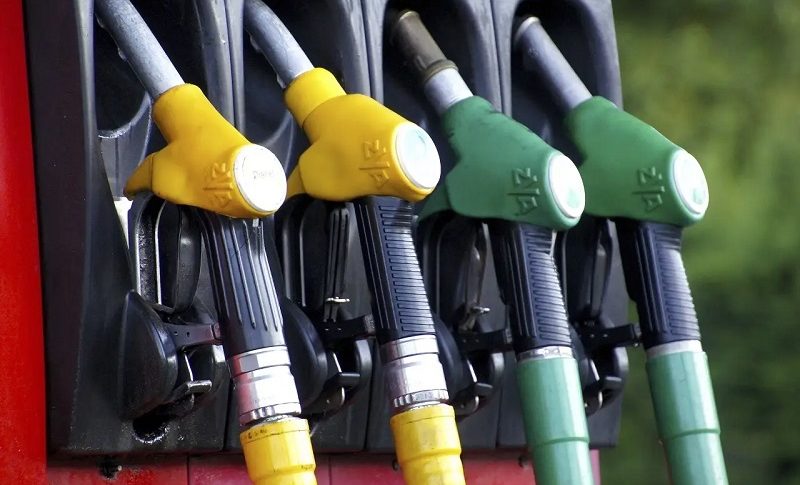Oil Prices $2 Higher Off the Lows, but WTI Crude Stays Below $70 After EIA Inventory Build
Oil prices have gained $2 since dipping below $67 yesterday, but reclaiming the $70 in WTI seems a bit too much to ask from Oil buyers right now, despite the drawdown in the EIA crude Oil inventories which were just released and showed a 2.1 million barrel increase.

Oil prices saw a brief $3 rise from their annual lows late last month due to speculation that OPEC might delay its planned production increases, a move OPEC did follow through with. However, this increase was short-lived, as other factors continued to exert downward pressure on oil prices. Following the latest U.S. CPI inflation report, WTI fell below $67, and despite a $2.5 rebound today to just over $69, the trend of lower highs suggests ongoing bearish sentiment.
Donald Trump’s policies are expected to further impact the oil market negatively, primarily through potential tariffs on the EU and China, which could slow down these economies and reduce oil demand. The global economic slowdown—especially in China, the world’s largest oil consumer—has already weakened oil demand in 2024. Trump’s plans to settle conflicts in the Middle East could also reduce the geopolitical risk premium that usually supports oil prices, while his support for higher U.S. oil production adds further downward pressure.
WTI Crude Oil Chart H4 – Failing to Get Back Above $70
In contrast to Joe Biden, who had a more bullish stance toward the oil industry by opposing increased U.S. oil production, Trump’s focus on domestic oil and gas output signals a shift. His administration is likely to be one of the most oil-bearish due to this focus on boosting local production and easing geopolitical tensions. Together, these factors underscore a challenging outlook for global oil prices in 2024, with downward pressure from both economic and policy fronts.
The EIA data showed a larger-than-expected build in crude oil inventories and substantial declines in gasoline and distillate inventories, indicating mixed demand and supply dynamics. In contrast, private data highlighted a decline in crude and an increase in gasoline and distillate stocks, reflecting some variability in inventory levels across data sources.
EIA Weekly Crude Oil Inventory Report
Crude Oil Inventories:
- Increased by +2,089K barrels (vs. +750K expected)
- Previous week was +2,149K
Gasoline Inventories:
- Decreased by -4,407K barrels (vs. +586K expected)
Distillate Inventories:
- Decreased by -1,394K barrels (vs. +234K expected)
Refinery Utilization:
- Increased by +0.9% (vs. +0.6% expected)
Private Oil Inventory Data (from the API)
- Crude Oil: Decreased by -777K barrels
- Gasoline: Increased by +312K barrels
- Distillates: Increased by +1,136K barrels















